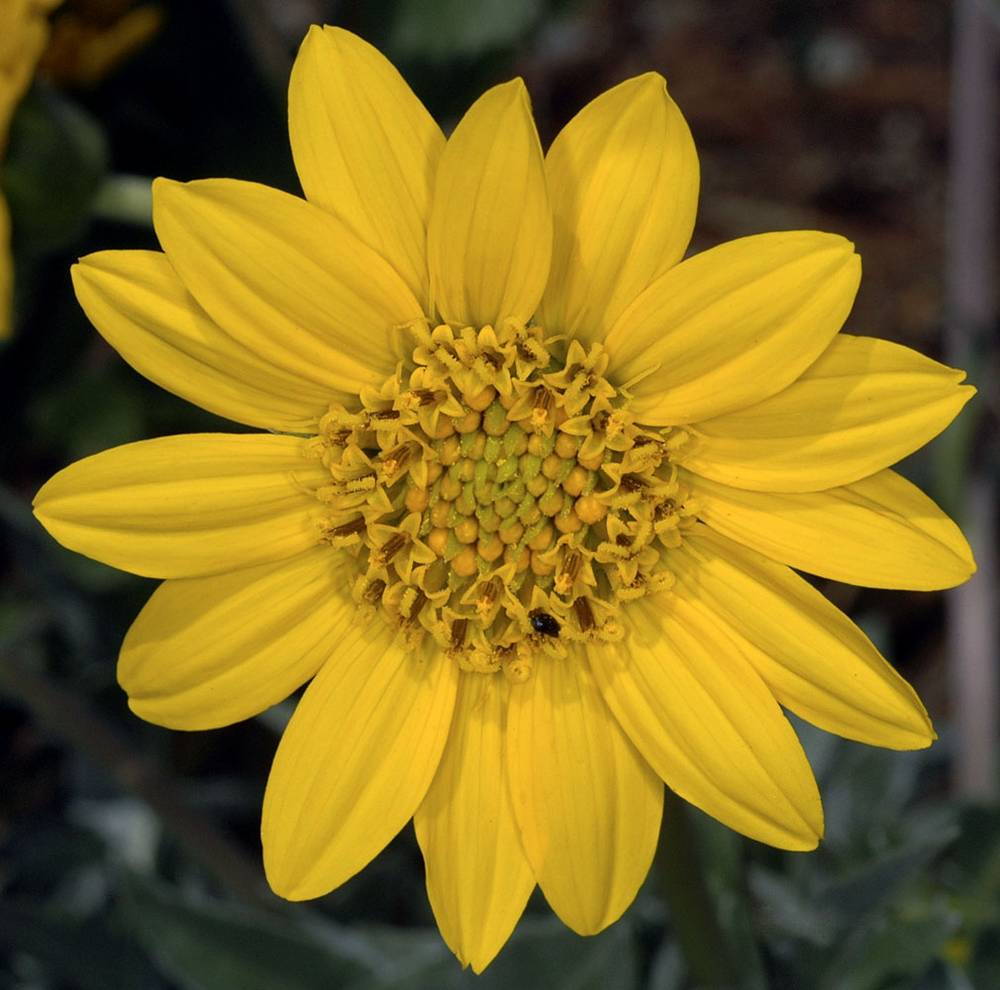Balsamorhiza macrophylla
Balsamorhiza sericea
large-leaf balsamroot
silky balsamroot, silvery balsamroot
up to 35 cm, tomentose; from single taproot.
6–38 cm, sericeous; from single taproot.
lanceolate-oblong, 1-pinnately divided;
pinnae toothed, with teeth only on lower margins;
surfaces tomentose;
basal leaves in 1–few rosettes;
blades 12–22 × 6–8 cm;
pinnae 10–36 mm wide;
petioles 7–20 cm;
cauline blades 1.5–5 × 0.3–0.9 cm;
petioles 6–9 cm.
ovate-lanceolate, 1-pinnately divided almost or entirely to midribs, often more deeply divided proximally than distally;
margins entire or few-toothed, occasionally some lower leaves serrate on lower margins;
surfaces sericeous; more densely so abaxially than adaxially;
basal leaves in 1–few rosettes;
blades 3–18 × 1–7 cm;
pinnae 6–16 mm wide;
petioles 3–17 cm;
cauline leaves in 1 pair; opposite, reduced;
blades 2.5–4 × 1–1.6 cm;
petioles 2.5–4 cm.
with 1 terminal head.
with 1 terminal head.
14–18 × 25–30 mm.
12–15 × 15–22 mm.
14–16, yellow;
rays 35–40 × 8–11 mm.
13–14, yellow;
rays 12–20 × 5–8 mm.
~9 mm.
~9 mm.
ovate-lanceolate, 20–25 × 5–6 mm;
tips acuminate, tomentose.
ovate, 10–17 × 5–9 mm;
tips acuminate, sericeous.
8–9 mm, glabrous.
6–7 × 1.5 mm, glabrous.
10–12 mm.
13–14 mm.
=100 ± 2.
Balsamorhiza macrophylla
Balsamorhiza sericea
Dry, open areas. Flowering May–Jul. 700–1400 m. BW. ID; east to WY. Native.
True B. macrophylla is a decaploid centered on the Wasatch Mountains in Utah and Idaho. The plants in Oregon and western Idaho are also high polyploids, but they differ morphologically from classic B. macrophylla in their denser pubescence and the shape of their leaves. These eastern plants have been given the name B. macrophylla var. idahoensis. However, further study will likely show that they have a different parentage than B. macrophylla s.s. The specific epithet “macrophylla” means large-leaved, as the leaves are much larger than those of the other members of section Balsamorhiza.
Serpentine. Flowering Apr–May. 400–600 m. Sisk. CA. Native.
Balsamorhiza sericea is endemic to serpentine-influenced soils and is thus far known only from Josephine County, Oregon, and adjacent Siskiyou and Trinity counties, California. The specific epithet “sericea” refers to the pubescence.
Abigail (Abby) Moore
Abigail (Abby) Moore




